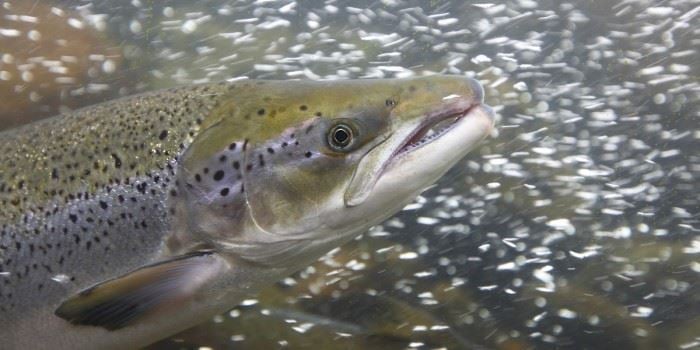FISH FARMING: How much should the aquaculture industry in Norway grow? Should it perhaps increase fivefold to meet the world’s food needs? This has been the refrain for several years.
“We have to significantly cut back on our aquaculture industry,” says Jon Olaf Olaussen, who is a Professor of Economics at NTNU’s Trondheim Business School.
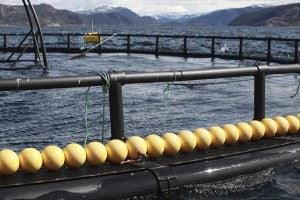
Concerns about wild salmon stocks and the reputation of the Norwegian aquaculture industry are two key reasons to cut back on salmon farming. Photo: Thinkstock
Click to open
With this view, Professor Olaussen stands in direct opposition to the aquaculture industry, politicians and a good number of professionals.
“As long as the sea lice problem continues at its current level, we can’t increase the volume of farmed salmon. We should actually cut back production until we get lice under control,” he says.
Olaussen is an avid angler and often uses his lunch break to secure the day’s salmon dinner in Trondheim’s river, Nidelva. He also eats a lot of farmed salmon and is not opposed to aquaculture. Yet he is tackling this issue aggressively.
Consideration of the wild salmon population is one of two reasons the industry should be reduced, at least temporarily. But the reputation of the Norwegian salmon industry is also at stake.
- You might also like: Jump in the sea and swim with salmon
Industry valued at NOK 43.6 billion
Olaussen is an economist, with profitability as a starting point. Fish is the fourth largest export commodity in Norway, after oil, gas and metals.
He points out that the aquaculture industry is popular among many politicians. Over 5800 people are engaged in the industry, and politicians like that, especially in these times.
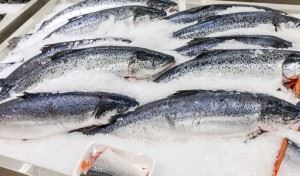
Norwegian farmed salmon production came to 1,270,000 tonnes in 2014. Photo: Thinkstock
Click to open
Statistics Norway (SSB) states that the production from Norwegian fish farms in 2014 was 1.35 million tonnes of fish and shellfish valued at NOK 43.6 billion.
Of this, 1.27 million tonnes were salmon. Compared with the previous year, the aquaculture industry increased by 8 per cent overall for both quantity and value.
Essentially, there are two problems with aquaculture:
Too many farmed fish are still escaping, and sea lice affect the smolt and destroy the wild salmon.
- You might also like: New weapons in the battle against sea lice
Escaping fish
Olaussen says nobody knows how many farmed salmon escaped in the 1970s and 1980s.
Even though the dark figures today are probably big, no salmon that escaped then were reported.
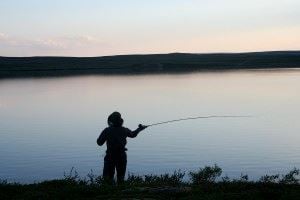
How genetically pure are wild salmon today? The answer varies widely from river to river. Photo: Thinkstock
Click to open
For a while, fish farms were even compensated for fish that escaped. They had no reason to do much about the issue. Today they risk being reported.
One question is how genetically pure wild salmon really are as a result. Escaped salmon mate with wild salmon and affect the gene composition in salmon stocks. A 2013 survey found that farmed fish affected the genes of wild salmon in 5 of 20 rivers. But this varies widely from river to river.
Although escaped fish remain a major problem, salmon lice are the main reason that economist Olaussen is now saying stop.
Salmon lice
Salmon lice have spread significantly in recent years.
Sea lice attach themselves to juvenile wild Atlantic salmon and are lethal in large quantities. This could lead to a significant reduction in the number of wild salmon and how much salmon fishermen can harvest.
Just a few years ago the lice were a problem that the aquaculture industry thought they had under control. But that turned out to be wrong.
Olaussen worked at SINTEF in 2007-2008, and even then scientists there were saying that this would become a growing problem.
Sea lice treatment agents were used indiscriminately until recently, but some individual lice were resistant and were not affected by the medicines. These resistant individuals survived and passed on their genes to subsequent generations of lice, which in turn were also resistant to the drugs. Over several years and generations of lice, the lice become resistant to each new treatment as it comes along.
And now we are seeing the consequences: large quantities of salmon lice that can’t be beaten back with the old drugs.
- You might also like: Fish farming gobbles up phosphorus
What if wild salmon become extinct?
The Norwegian industry has definitely been learning. Sea lice treatment elsewhere is even worse.
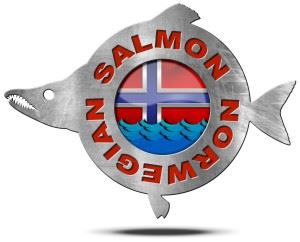
How much can Norway’s reputation withstand? Illustration: Thinkstock
Click to open
The Chilean aquaculture industry is the second largest in the world, after Norway’s. But Chile uses around 800 times more antibiotics per kilo of fish than Norway does.
As this has become known to American consumers, they have gravitated toward and now consistently prefer the Norwegian salmon. As a result, Costco, the nation’s third largest grocery chain, changed their product offerings from 90% Chilean salmon to 60% Norwegian salmon over the past year.
But what if fish farming leads to the extinction of wild salmon in Norway? Norway is by far the most important spawning area for eastern Atlantic salmon. It is a species that people know and are concerned about.
“To lose wild salmon would be a disaster, not only for biodiversity, but also for the reputation of salmon, and therefore for the aquaculture industry itself,” says the professor.
And these are still not the main costs. “The main cost is that the salmon has an intrinsic value,” Olaussen believes.
Scientists have debated how to measure the intrinsic value of nature for decades, especially after the Exxon Valdez accident in Alaska in 1989. The supertanker ran aground in Prince William Sound and over 33,000 metric tonnes of crude oil spilled out, killing large quantities of sea birds and animals, destroying habitats and damaging the Alaskan fishing industry.
Would Norwegian nature have the same value without the salmon? Hardly. But how this value should be translated into money terms is still up for discussion.
Need to cut down in order to build up
Regardless, the aquaculture industry is to a large extent not paying for these costs.
Norway has now implemented a fine that must be paid to remedy the effects of escaped salmon. But no such fine yet exists for fish farms that are contributing to the spread of sea lice.
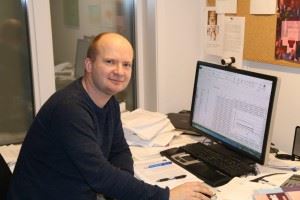
Jon Olaf Olaussen. Foto: Maiken Trane, NTNU
Click to open
Olaussen believes that as long as the aquaculture industry does not have to pay for the costs now covered by others, it will not be interested in change. So at the moment, “precious little is happening to develop closed containment fish farms or land-based installations,” he says.
But the day that industry has to pay, it will be forced to think again.
“When the diagnosis is growing pains, most people would concur that one shouldn’t prescribe further growth as the remedy,” Olaussen says.
Sources: Conservation versus harvest of wild Atlantic salmon. The cost of sea lice induced mortality
